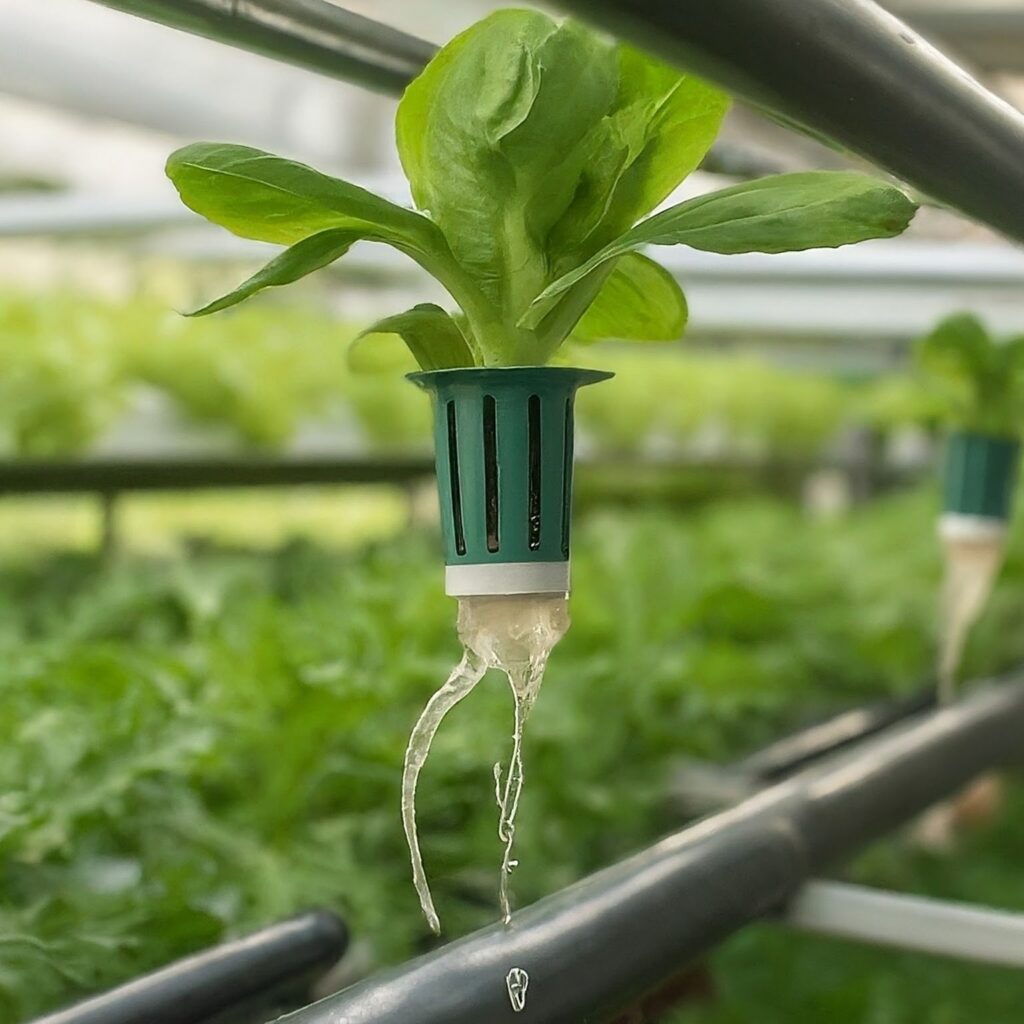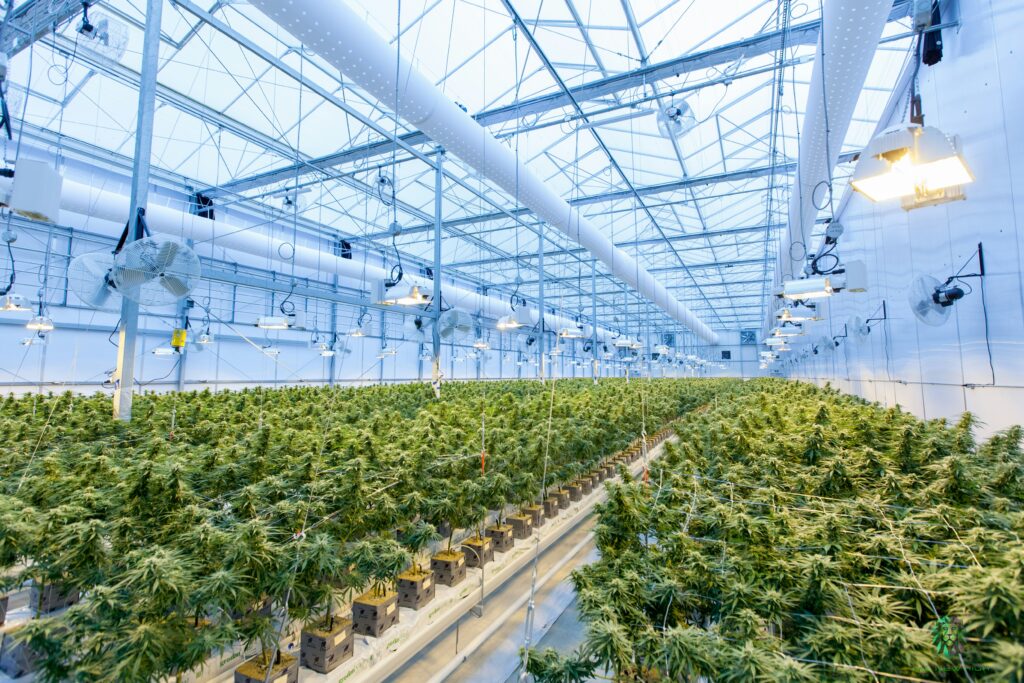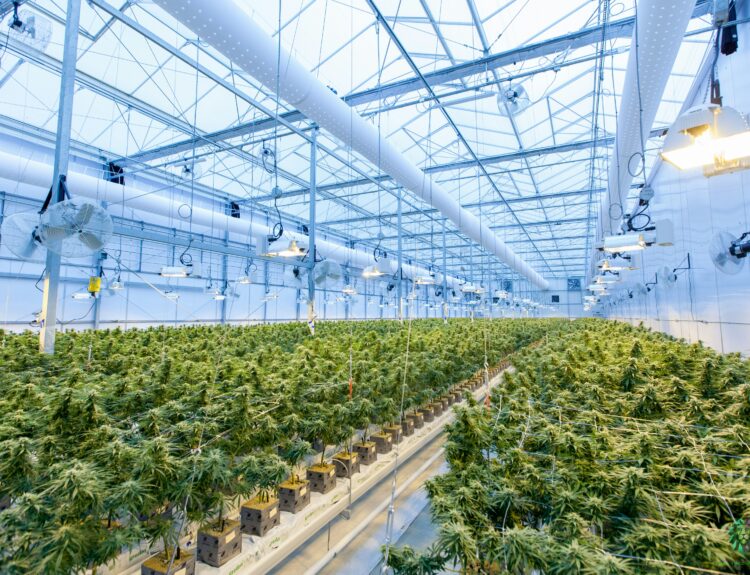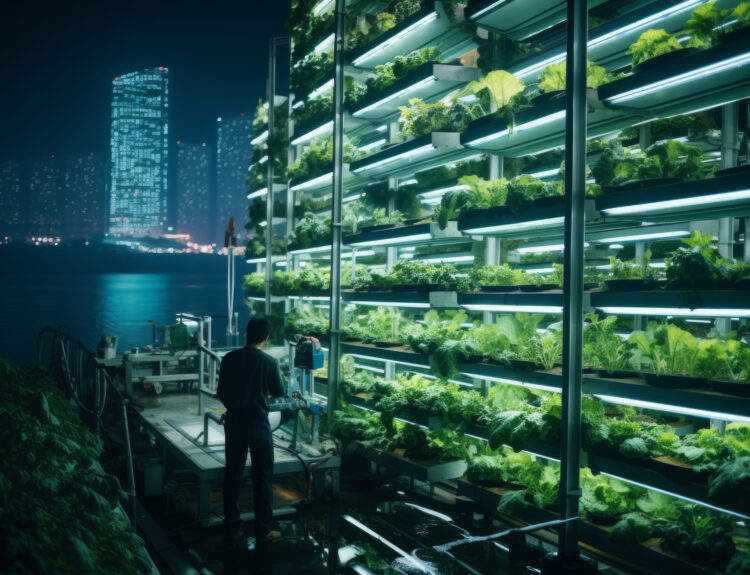Hydroponics is transforming agriculture by providing a more efficient and sustainable alternative to traditional soil-based farming. In this guide, we’ll explore the fundamentals of hydroponic systems, highlight best practices, and showcase the numerous benefits they offer. Whether you’re an experienced grower, a researcher, or someone new to the field, you’ll discover practical insights and strategies to enhance your approach or start fresh with hydroponics. Get ready to advance your knowledge and embrace innovative growing techniques. Let’s dive into this exciting agricultural revolution together!
What is Hydroponics?
Hydroponics is an advanced growing method where plants are cultivated without soil, using nutrient-enriched water instead. This technique allows for precise control over nutrient delivery, leading to faster growth and higher yields. By growing plants in a water-based solution, hydroponics minimizes water usage and can be implemented in various environments, from urban settings to controlled indoor spaces. Ideal for both commercial and home growers, this soilless method offers a sustainable alternative to traditional farming. Discover how hydroponics can enhance your growing practices and provide superior results in agriculture.
Understanding Hydroponics
Hydroponics operates on the principle that plants need water, nutrients, and light to grow. While soil traditionally provides these elements, hydroponics replaces soil with a nutrient solution, allowing precise control over growing conditions. This method often results in accelerated plant growth and increased productivity.

Core Components of Hydroponic Systems
| 1. Nutrient Solution: | The nutrient solution is a blend of water and essential nutrients. Key nutrients include macronutrients (nitrogen, phosphorus, potassium, calcium, magnesium, sulfur) and micronutrients (iron, manganese, zinc, copper, molybdenum, boron). Proper nutrient balance is crucial for plant health and growth. |
| 2. Growing Medium: | Although hydroponics eliminates soil, plants still need a medium for support and anchorage. Common mediums include perlite, vermiculite, rock wool, and coconut coir. Each medium has distinct characteristics that affect water retention and root development. |
| 3. Lighting: | Plants require light for photosynthesis. In indoor hydroponic setups, artificial lighting such as LED or fluorescent lamps is used to replicate sunlight. Light intensity, spectrum, and duration need to be tailored to different plant types and growth stages. |
| 4. pH and EC Monitoring: | Monitoring pH (acidity or alkalinity) and EC (electrical conductivity) is essential. pH affects nutrient availability, while EC measures nutrient concentration. Regular adjustments are necessary to maintain optimal conditions. |
| 5. Water Circulation: | Effective water circulation is vital for delivering nutrients and maintaining oxygen levels. Components like pumps, tubing, and reservoirs work together to ensure a steady flow of the nutrient solution. |
Hydroponic Systems and Techniques
Several hydroponic systems cater to various plant types and growing conditions. Each system has unique features and applications.
| 1. Faster Growth and Higher Yields | Plants grown hydroponically often experience faster growth rates and higher yields due to the optimized delivery of nutrients and controlled growing conditions. This efficiency results in more productive cultivation. |
| 2. Water Efficiency | Hydroponic systems are notably water-efficient, using up to 90% less water than traditional farming. The recirculating nature of these systems minimizes water waste, making them an environmentally friendly option |
| 3. Reduced Pest and Disease Pressure | Controlled environments in hydroponics reduce the risk of pests and soil-borne diseases. This leads to healthier plants and minimizes the need for chemical pesticides, contributing to cleaner produce. |
| 4. Space Efficiency | Hydroponic systems, particularly vertical farming setups, make efficient use of space. This is beneficial in urban environments with limited land, allowing for high-density cultivation in compact areas. |
| 5. Reduced Use of Pesticides | The controlled nature of hydroponic systems reduces the necessity for chemical pesticides. This contributes to more sustainable agricultural practices and produces healthier crops. |
Challenges of Hydroponics
| 1. Initial Cost | Establishing a hydroponic system involves significant initial costs for equipment, technology, and infrastructure. This investment can be a barrier, although advancements in technology may lower costs in the future. |
| 2. Technical Expertise | Hydroponics requires a solid understanding of plant nutrition, system management, and environmental control. This technical knowledge can be a hurdle for beginners. Education and training are crucial for effective hydroponic farming. |
| 3. System Failures | Hydroponic systems are dependent on technology, making them susceptible to failures such as pump malfunctions or nutrient imbalances. Regular monitoring and maintenance are essential to prevent and address these issues. |
| 4. Energy Use | Indoor hydroponic setups, especially those using artificial lighting, can have high energy demands. This can increase operational costs and impact environmental sustainability. Exploring energy-efficient technologies and renewable energy sources can help mitigate this issue. |
Applications of Hydroponics
Hydroponics has a wide range of applications, from urban farming to space exploration. Its versatility makes it a valuable tool in various contexts.
| 1. Urban Agriculture | Hydroponics is increasingly used in urban areas to provide fresh, locally-grown produce. Its ability to operate in limited spaces and poor soil conditions makes it ideal for cities, contributing to local food security. |
| 2. Research and Development | In research and development, hydroponics is used to study plant growth, nutrient requirements, and other factors in a controlled environment. This research can lead to advancements in crop production and agricultural techniques. |
| 3. Commercial Farming | Commercial hydroponic farms are becoming more prevalent, producing high-quality crops such as lettuce, tomatoes, and herbs. These farms often serve local markets, meeting the demand for fresh, sustainable produce. |
| 4. Space Exploration | Hydroponics has potential applications in space exploration, where traditional soil-based agriculture is not feasible. Research is underway to develop hydroponic systems that can support food production in space environments, aiding long-duration missions and potential space colonies. |
What are the Crops Which Can Be Grown Using Hydroponics?
Hydroponics offers a flexible approach to growing a wide range of crops efficiently. Here are some popular options:
1. Leafy Greens
- Lettuce: Lettuce thrives in hydroponic systems, growing quickly and producing abundant, crisp leaves.
- Spinach: This nutrient-packed green adapts well to hydroponics, providing a steady supply of fresh, healthy greens.
- Kale: Kale’s robust growth makes it ideal for hydroponic cultivation, yielding nutrient-dense leaves.
2. Herbs
- Basil: Known for its aromatic qualities, basil grows rapidly in hydroponic setups, ensuring frequent harvests.
- Cilantro: Cilantro flourishes in hydroponic systems, offering fresh leaves for various dishes throughout the year.
- Mint: Mint grows vigorously in hydroponics, providing a continuous supply of its fragrant leaves.
3. Fruits and Vegetables
- Tomatoes: Hydroponics enhances tomato growth, resulting in high-quality fruit with consistent production.
- Cucumbers: Cucumbers grow well in hydroponic environments, delivering crisp and fresh vegetables.
- Strawberries: This method helps produce sweeter, more plentiful strawberries by optimizing growing conditions.
4. Root Vegetables
- Radishes: Radishes are quick to mature in hydroponic systems, making them a convenient choice for gardeners.
- Beets: Though less common, beets can also thrive in hydroponics, yielding vibrant and nutritious roots.
Hydroponics allows for efficient space and resource use, making it an effective method for producing a diverse array of fresh produce.
Future Trends in Hydroponics
The future of hydroponics is promising, with several emerging trends and innovations on the horizon.
| 1. Integration with Automation and AI | Advancements in automation and artificial intelligence (AI) are transforming hydroponics. Automated systems equipped with sensors and AI can optimize growing conditions by adjusting nutrient levels, pH, and light intensity, enhancing efficiency and productivity. |
| 2. Sustainability Initiatives | There is a growing focus on enhancing the sustainability of hydroponic systems. Efforts are being made to reduce energy consumption, improve nutrient efficiency, and integrate renewable energy sources, aiming for more environmentally friendly practices. |
| 3. Expansion into New Markets | As technology advances and costs decrease, hydroponics is likely to expand into new markets, including developing regions and home gardening. This expansion could increase the adoption of hydroponics and contribute to global food security. |
| 4. Hybrid Systems | Hybrid systems that combine hydroponics with other growing methods, such as aquaponics (integrating fish farming) and aeroponics (growing plants in mist), could lead to more efficient and sustainable agricultural practices. These innovations offer potential solutions to challenges in food production. |

Conclusion
In summary, hydroponics offers a revolutionary approach to agriculture by providing a more sustainable and efficient way to grow plants. Its benefits include reduced water usage, minimized soil erosion, and lower reliance on chemical pesticides. The variety of hydroponic techniques and applications—from urban and commercial farming to research—demonstrates its versatility and potential for transforming food production. Although challenges such as initial investment and energy requirements exist, ongoing advancements are making hydroponics increasingly viable. Embracing hydroponics represents a significant step toward achieving a more sustainable and resilient agricultural system, making it a crucial part of future farming solutions.
Learn more about Farming here
Related post:










